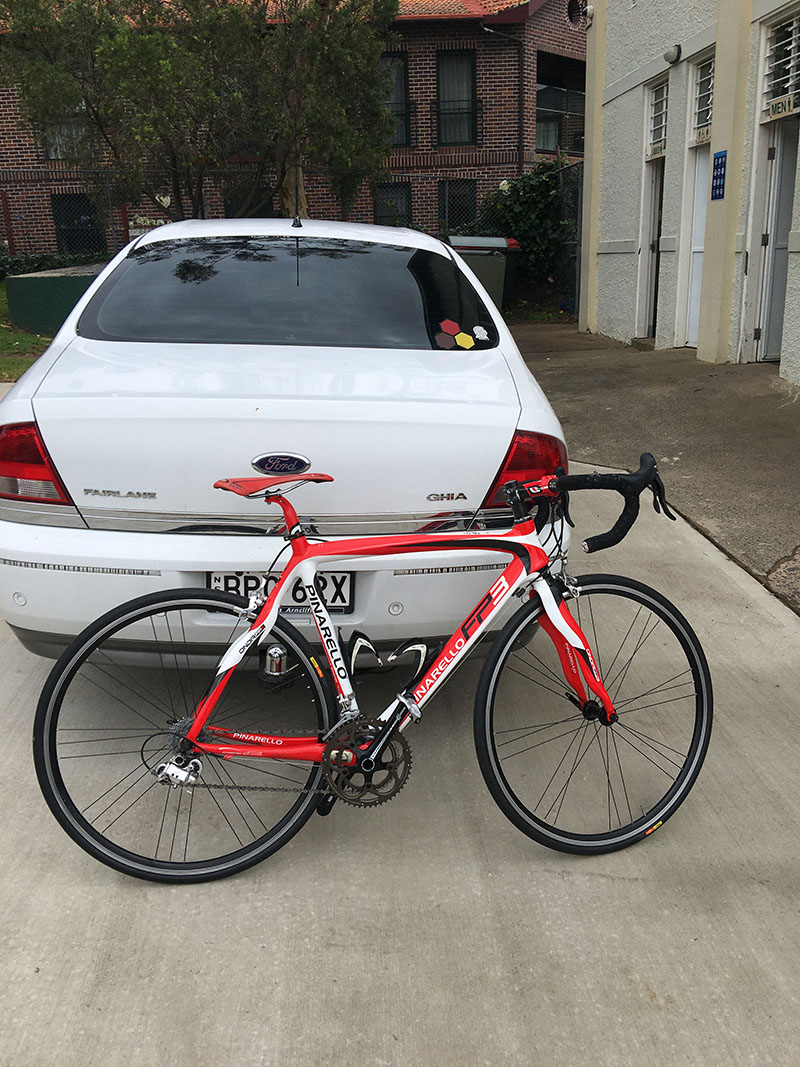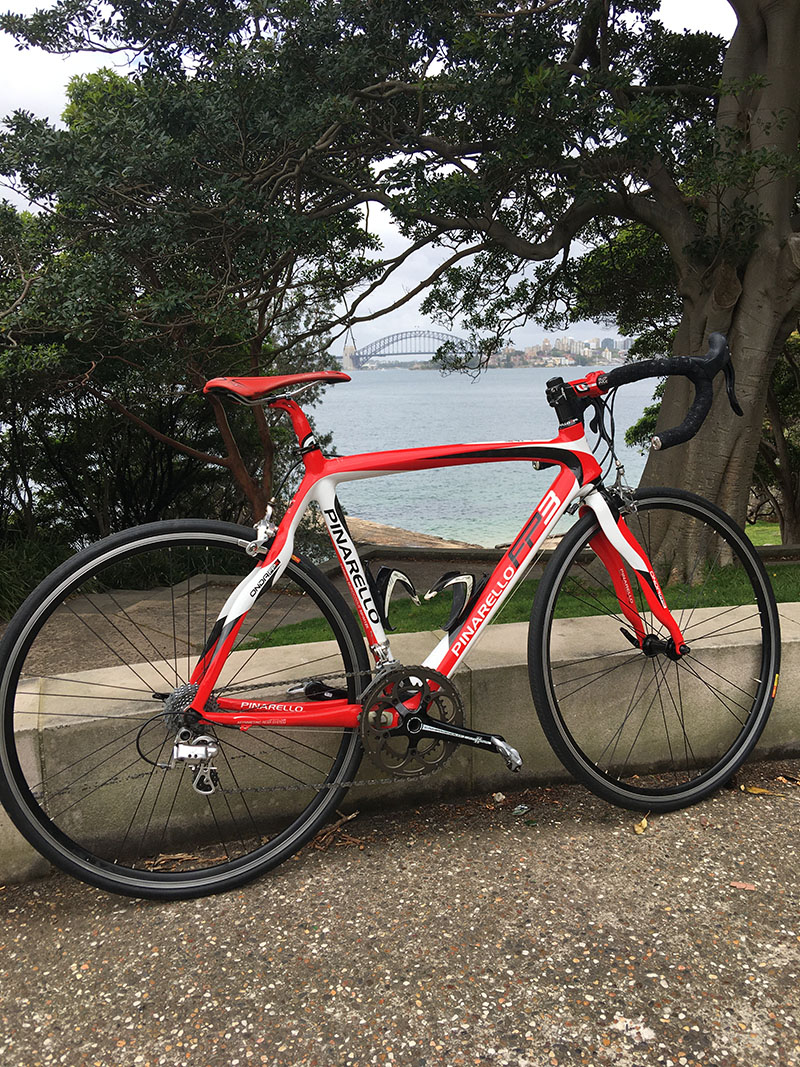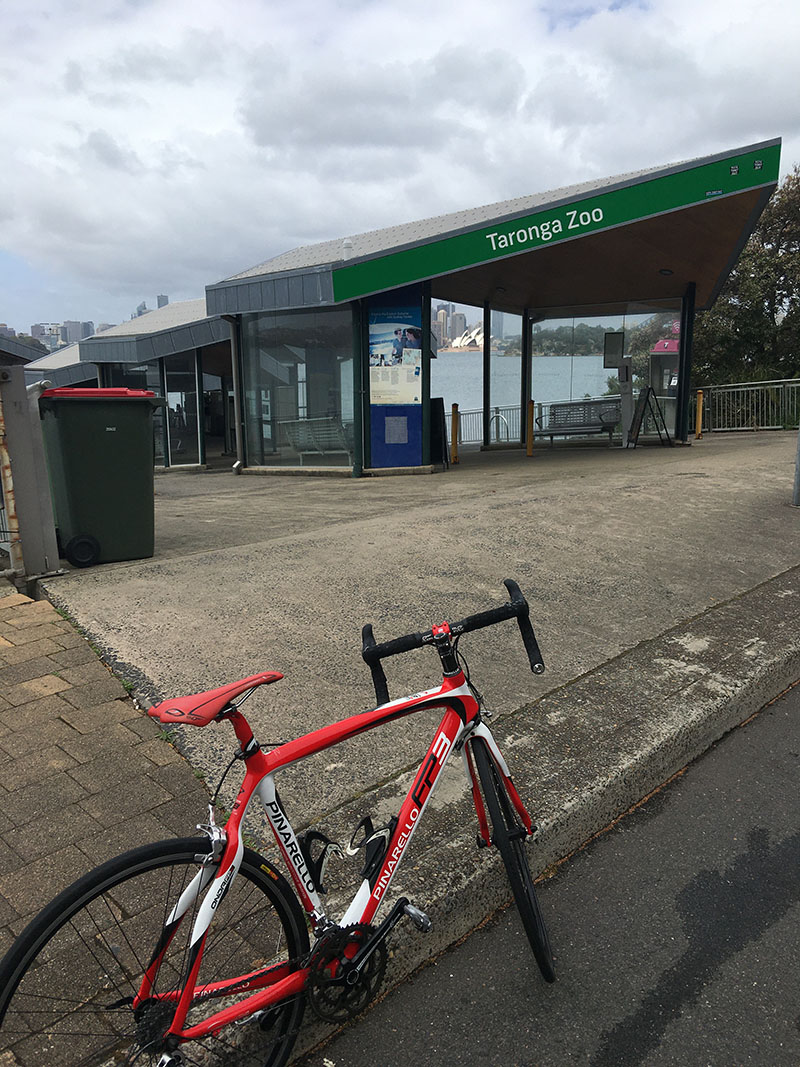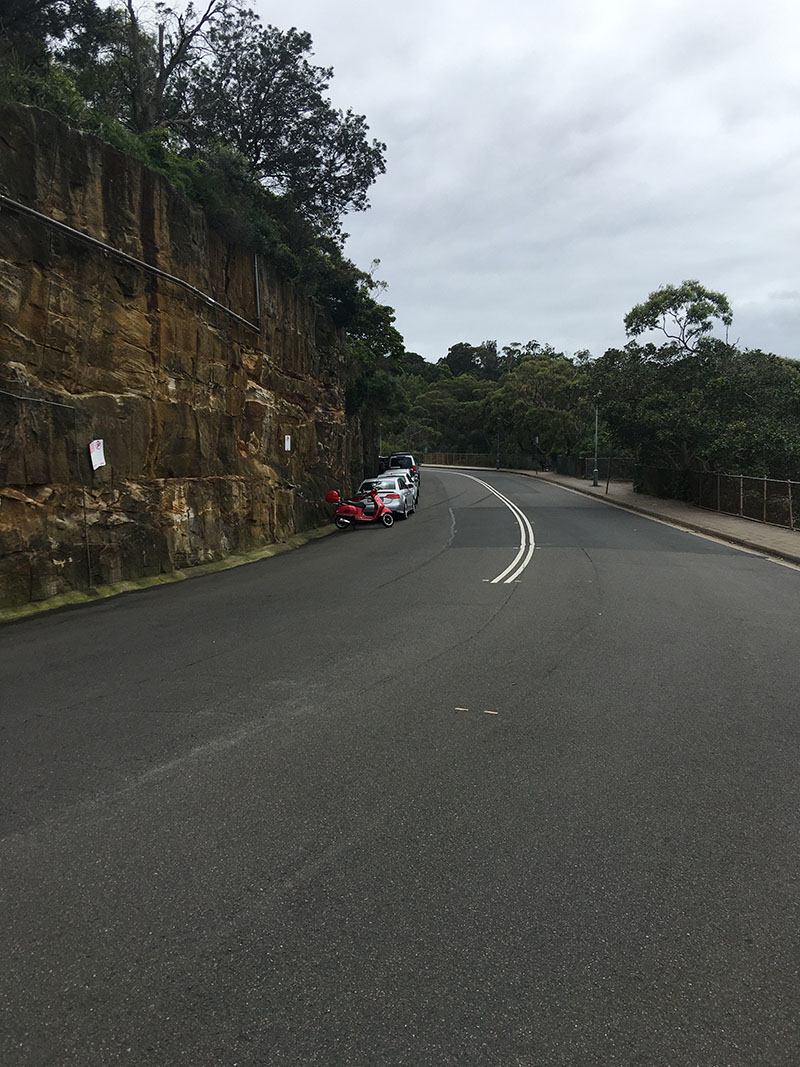Easy does it.
2020 has been a hard grind for many of us, I have worked up to 7 hours training work again outside and some 5 hour College shifts/week,
I am definitely not going back to the inside gym training. Whilst some gyms are being diligent in the Covid rules, many are not. If you are inside training in a gym and they’re not adhering to the Social Distancing and Covid protocols, you are at risk. Regularly in the ‘get tested immediately’ Covid Hotspots, there is a gym or gym class on the list. Only logical really, fluid transfer and airborne droplets are definitely going to be prevalent in those environments.
It seems to be that Covid is being portrayed as; if you get it, you live or you die and most do not die.
So, that sends the myth that if you have been infected and do not die, you are out of the woods. This is of course not correct. That myth, makes some people complacent about the distancing advice, masks etc. What many do not understand is it is the aftermath of the having the virus that can be devastating.
Here are some of the long-term issues, posted from many medical sites around the world, regards post Covid infection.
Ongoing fatigue
Headaches, muscle aches
Vertigo, nausea, blurred vison, and middle ear pain.
Cognitive difficulties, loss of concentration and focus
Mental Health issues, PTSD has been sited as a comparison to after Covid mental problems.
Hair loss, it is well known severe stress can affect hair colour, if not hair loss.
Cardiac issues
Diminished Cardiovascular fitness
Lung damage
Many other diseases can cause similar aftermath of course, but I do not think we would really want to put our hands up for any of the above ongoing problems. So, training outside the gyms and with plenty of social distancing is going to go a long way to make us safer. Of course, we need to look at how we can achieve this effectively.
Let us look at a Cardiovascular approach firstly. Lockdown has led to diminished CV activity for many of us, even if we are surfing, the crowds are lessening the number of waves, or the ability to ride those waves their full distance. I certainly have had to abort take off, turn away from sections, slow down, take avoiding action and many other hindrances due to the new breed of ‘surfer’. It is a veritable ‘Piccadilly Circus’ at rush hour, full of P platers, lessening our wave count and enjoyment factor. Phrases like ‘You’d ridden that wave long enough’ or ‘that was a good wave we caught’ have been thrown my way lately! I kid you not.
Enough of the Social Comment, I will get to the Nitty Gritty.
I named this article ‘Easy does it’, my philosophy is always the same for training advice to those embarking on new types of training, or a fresh start/starting from scratch. We need to start slowly, smashing ourselves from the get-go, can demotivate and/or increase the chance of injury. We need to consider the routes undertaken for successful outcomes in training. I will outline a ‘new start’ I have embarked upon. I will then break it down into the practical protocols that will be applicable to any CV medium.
Let’s also put up front the very ‘old school’ myths of ‘Lactic Acid’ have been completely debunked. If your trainer uses the term Lactic Acid, he is living in the dark ages. Find a Trainer who is up with the Science!
Lactate is in fact the ‘rea; term’ we should be using. It’s an intermediate link between Anaerobic and Aerobic Metabolism. The good news is….. it’s actually good for you! There are far more qualified Scientists to explain this than me, but some interesting facts follow.
Lactate Research alludes to the following positive aspects,.
A direct/indirect fuel to delay fatigue.
A buffer for Acidic bi-product/radicals.
Assists with Sodium/Potassium transfer.
Assists with constructive electrical charge stability.
Easily transferred into muscles at a cellular level.
Flows into Heart/Lung/Liver/Brain
A convenient measurement guide to CV training progress.
Stimulates fitness adaptations.
Possibly increases Testosterone levels.
Possibly assists in brain plasticity
Acts like an Ergogenic supplement.
Helps fight head trauma.
Possibly can be used to treat inflammation/swelling, perhaps arthritic issues.
Go and read some more by starting with the George Brookes Lactate Shuttle theory and then onto some of the latest research
I have trained athletes, including Olympic, World Class level. They always had rest and recovery factored into their programmes and their programmes had ascending workloads, with recovery days/weeks factored in at regular periods. Small beginnings can lead to amazing outcomes. My feeling is I can use the Athlete Science and just treat it as ‘trickle down technology’. The science is going to be the same, I just modify the loads/frequencies/intensities etc.
Here’s my ‘new’ CV training protocols, these are designed to have no motivational loss, in fact I am now quite disappointed/grumpy if any of my training does not happen due to external factors, such as inclement weather (like happened to me this morning) I am in week 7 of my revamped ‘raise CV fitness/lose a few pounds Covid programme.
The ‘Medium’, I am using, is a road bicycle, I might have done ok in the Velodrome in my youth (I am explosive in a neural sense), but as a Road Cyclist, I was never any looming champion. I am using the bike, because at my age, it is so much kinder on my limbs/old injuries. Sydney traffic is not designed for cyclists, especially at Peak Hour. Cyclists are a massive hindrance for motorists because of the lack of planning and Motorists are a danger to any cyclists on major roads. Hence, I am using the hills and back roads of Mosman and Centennial Park.
I have a good friend who has been part of the Australian Cycling Squad and I have designed training programmes for cyclists up to A grade, but my friend gave me a hard time, when I explained my ‘new’ programme. Saying, “is that all you’re doing”?
Day 1
Ride a few hundred metres and ‘roll’ down a 2 klm hill onto a small flat and slowly turn around in a bus turning circle and ride back up the hill to the start point. Essentially, I am re-acquiring bike skills during the descent and then a ‘no hiding/no letup’ 2 klm climb. The climb took me between 12-13 mins. This is 12-13 mins of max effort for approx. all the climb except where my heart was finding its rhythm in the very beginning. Total distance approx. 4 klm. Total time approx. 20 mins Total time in the ‘Red Zone’ approx. 12-13 mins.
Day 2 (two days later)
Repeat the above. The hurt was huge, there were times on days 1/2/3/4 where I thought I was not going to make it and have to walk! However, no way, Jose! Approx. time 12-13 mins
Day 3/4
as above, but I added in an extra short loop with another short climb of about 4mins on day 4, adding also another 1klm. I was starting to feel more comfortable on the bike, my descending/handling skills were improving and there were longer periods out of the saddle climbing. My time was starting to drop on the main climb slowly.
Two weeks in, as I only set the goal of 2 per week of these short but intense rides. However, they felt achievable and not too long mentally, so I could ‘stick to the programme’. Which is a major part of the battle. Plus, these are additional work-outs to my 3-5 days surf routine.
Day 5
as above, but at about 75 % up the main climb, I changed into the next gear higher. This showed my legs were getting stronger. My ‘Main Climb’ time was around the 10 min mark. So now I’m around 3.5m plus 10m in High Heart rate/High Respiratory rate
Day 6
I now decided I needed to up the variety a little, I also wanted to slowly increase my distance. I travelled to Centennial Park, early to avoid the traffic, I had already checked the surf before sun-up, but it was tiny/rubbish. I wanted to keep the ‘training’ momentum, so I headed home and swapped board for bike. When I was a Teenager in Cornwall and a member of St Austell Wheelers, l used to ride one or two 10-mile bike Time Trials a week during summer. 10 miles is 16klm. Centennial Park on the lower loop is 3.5-3.9 klm around, depending on who you believe! So, my next goal was 4 loops. I found it hard work, but once again I was riding at my limit, without letting up. Most passed me. Especially the flying ‘Chain Gangs’, but I expected that. That also provided competitive motivation. I also made it convenience based and eclectic frequency wise, so no particular day. It also means, I had a substitute if I didn’t surf.
Days 7/8/9
My Mosman Hill Climb has been hindered by the rain/weather, so I was yet to time and ride another climb. However, I have continued to ride Centennial, I am feeling better each ride, I am certainly more motivated. Even when my gear change failed on my (dusted off) faithful old red Colnago steel race bike, I did 5 laps in top gear!
I am now into week 7, my motivation is stronger, my ego was thrown aside from day one, and I continue to improve.
This morning I did the first climb in 3 minutes and my second climb in approx. 9 mins. I can see and feel the improvements. I am pushing bigger gears during the climb.
The protocols above, are more about small achievable goals that are not too daunting at first. You do not have to ride a bike, chose a medium best suited and one you like. Take it easy, just agree with yourself that each session you will go another lap. another klm, another minute, or whatever. But NEVER do less than you did the session before, or improve on the time etc. This way, you will keep it up and not put yourself ‘off’ the task ahead. 2 x 20-25m sessions at a constant 83-92% of Max HR are extremely beneficial to max fitness. (like a 20 minute hill).
Here are some of the protocols I have achieved in a global sense,
- Set a small achievable but testing goal.
- Established a known parameter with regards to distance and intensity.
- Raised the bar and added in another known distance/intensity.
- Established a quantifiable playing field that can be timed.
- Built quality and intensity gradually to maintain mental motivation.
- Varied the terrain/intensity/frequency but maintained quality.
- Varied the motivational peripheral motivation (Centennial Riders to compete against).
- Established mental benchmarks and motivation.
- Training Medium complimentary to the sport of Surfing.
- Anaerobic Threshold Training (AT2 % heart rate 83-92% of HR Max.).
I hope this motivates some, even if it is too just ‘get out of the door’ or understand, the gym is not the only place one can train and have fun and some gyms maybe unsafe for many.
To finish, latest research says the weekly training volumes should be,
81% ‘moderate’ intensity (approx. 60-75% max heart rate to give a figure everyone can understand), 10.5% Constant max speed/sustainable and 8.5 Supra Maximal (intervals). Plus, some ‘Active Recovery’ amongst the 81% (around 45-60% MHR)
Obviously, if there are no waves, some of the training could be done in paddling mode.
Stay safe and well, Clive Rodell





Go hard Clive o !
Or go home and get hard !!
That’s a beautiful bike mate!
Thanks guys. Feedback always appreciated. Stay safe.